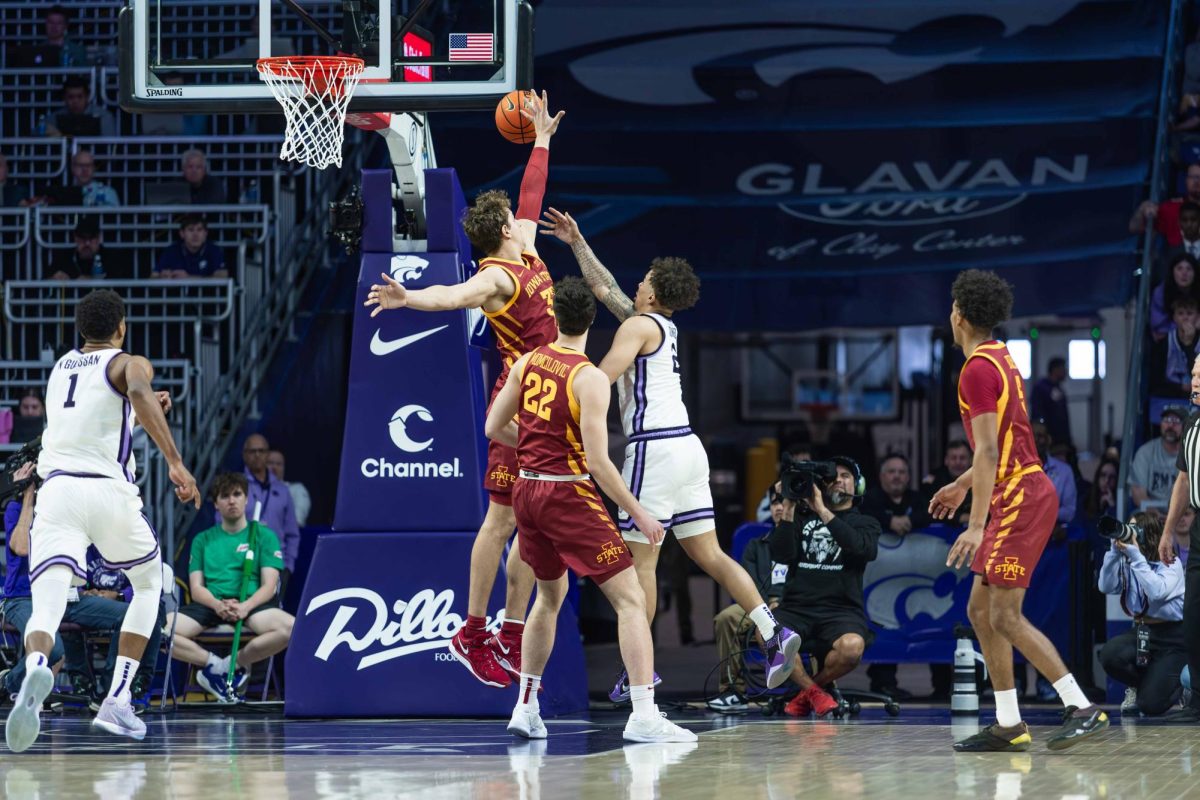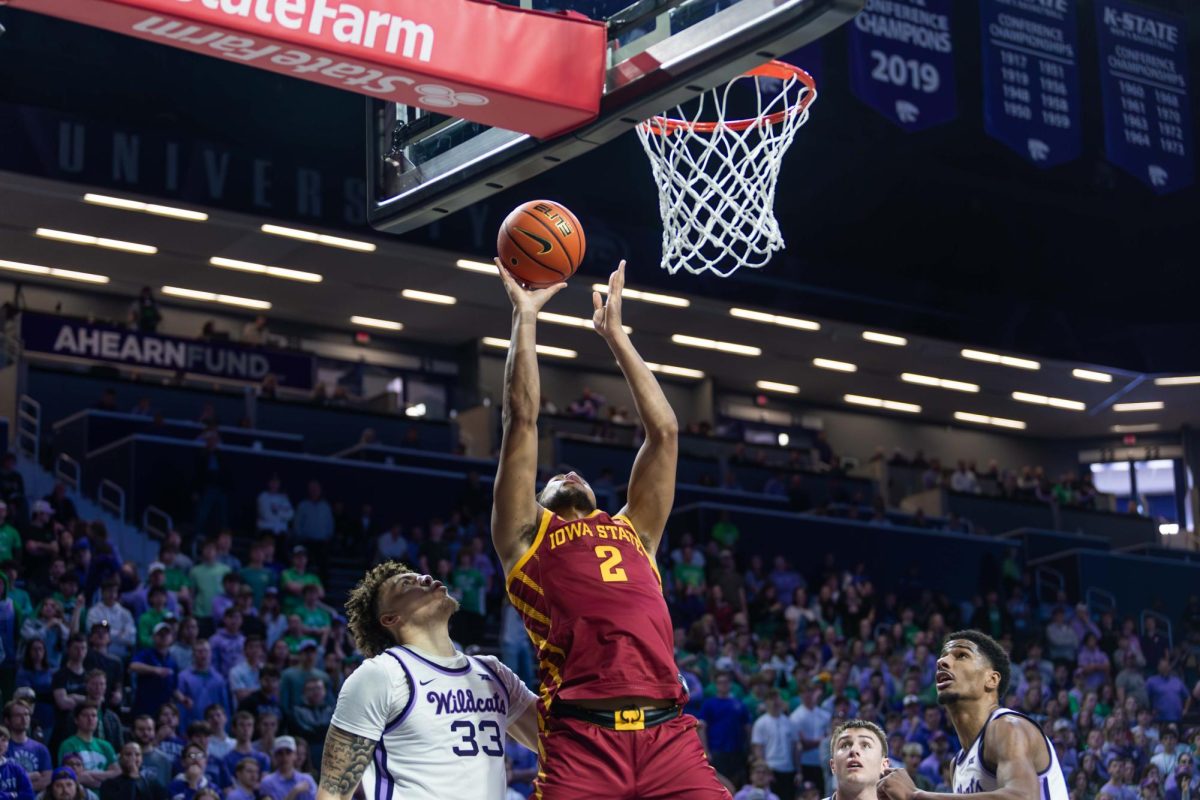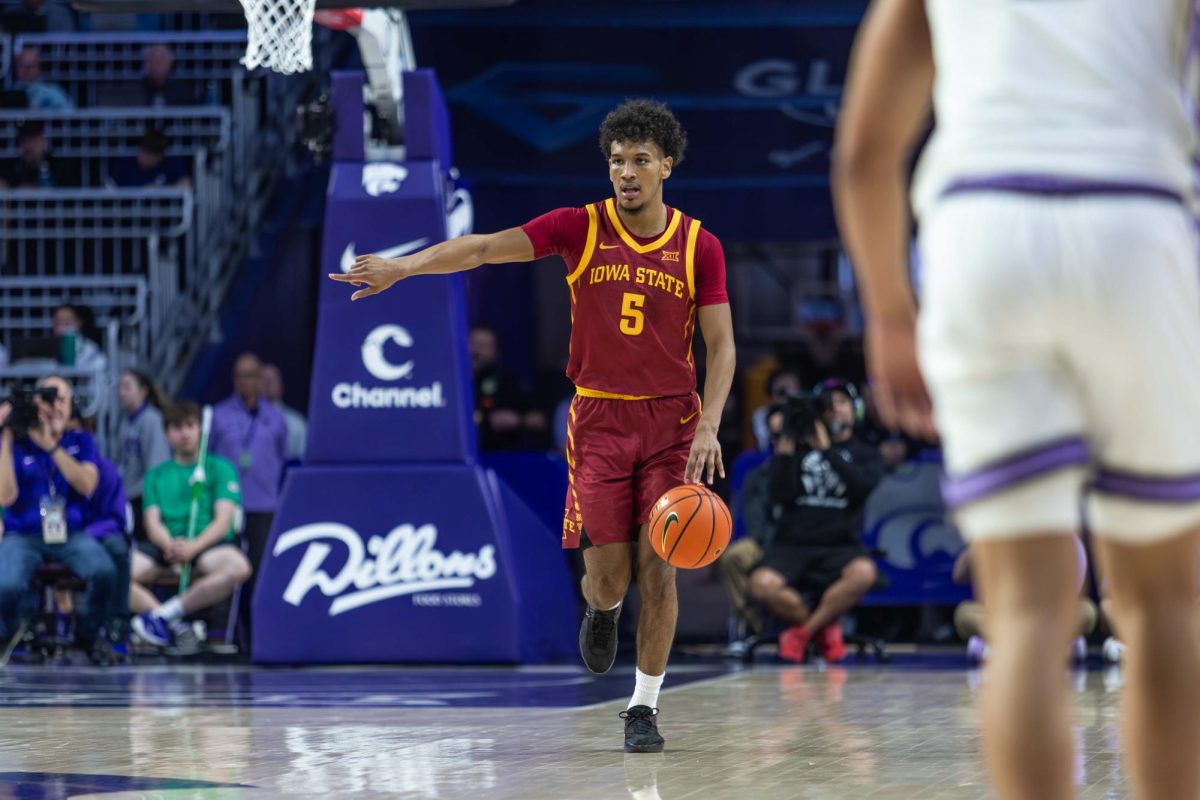Stadium to get grass next year
October 3, 1995
Football players will no longer have that slips, sliding feeling every time they take to Jack Trice Field in Cyclone Stadium after this season.
Iowa State officials have announced plans to start a $1.2 million fund-raising drive, with a goal of replacing the artificial surface at Jack Trice Field with natural grass for next season.
The fund-raising drive was spurred by a $150,000 donation from West Des Moines businessman Dwayne McAninch. McAninch’s donation was part of the Let It Grow! campaign.
Members of the athletic department expressed their approval of the possible switch to a grass surface.
“I think it’s no secret since I’ve been here; I’ve wanted to go to grass,” said Gene Smith, ISU athletic director.
“This is going to be a great thing for the future of Iowa State,” said Dan McCarney, ISU head football coach. “[The grass field] is exactly what Gene and I both wanted.”
Artificial turf has been used in Cyclone Stadium since it opened in 1975. The turf that is currently in use is 10 years old and has gone through a lot of wear and tear. It has been described by coaches and players as being hard and slippery.
Gene Smith said ISU has used the services of the HOK Sports Facilities Group of Kansas City, Mo. to study different options for artificial turf. Smith said HOK recommended a surface that is similar to that which is found on a golf course greens. The new turf will remove excess water by using the forces of gravity.
Many studies have shown that grass cuts down on the number of injuries that athletes must endure.
“The severity of the injuries seems to be less on grass,” McCarney said.
“I’m sick of the turf,” said starting quarterback Todd Doxzon. “You have to be sure on your footing, otherwise you are going to slip and fall.”
“The turf is great for speed, but when it comes to injuries and just falling down it’s not as comfortable,” said Jason Putz, a senior defensive tackle. “You have a tendency on turf to get your feet stuck.”
The switch to a grass surface should help recruiting.
“The majority of the players I have talked to on the phone want to play on grass,” McCarney said.
Cost is another factor in the decision to switch to natural grass. The HOK study estimated that ISU will save an estimated $900,000 over a 20-year period in maintenance and replacement costs.
Installation of the natural surface is estimated to cost $800,000. Another $100,000 will be needed to pay for a “tarp-like cover” to protect the field during concerts. The athletic department has set aside $300,000 for planning and contingency costs.
The ISU athletic department’s five-year plan calls for the hiring of two additional groundskeepers in the upkeep of the new surface.
“The only stipulation is that Gene asked the coaches and I to mow the lawn,” McCarney joked.






